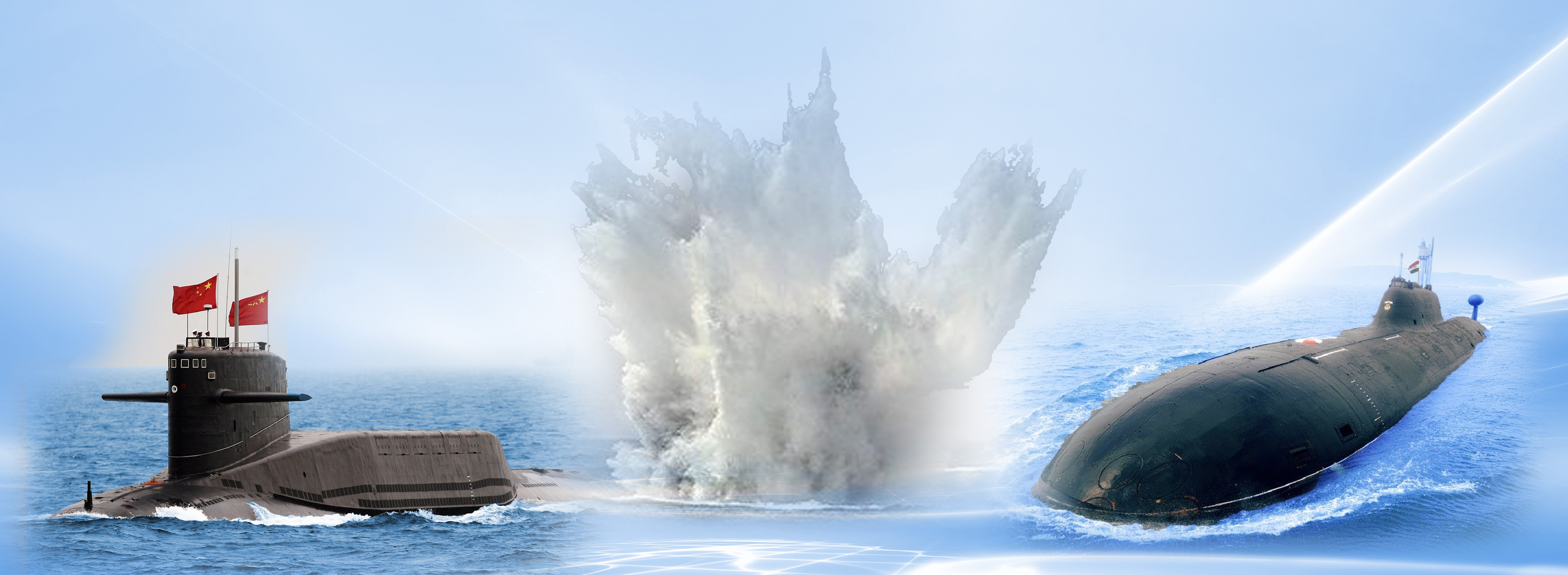
Syed Ali Zia Jaffery
The Sino-Indo rivalry is old and multidimensional. The two nuclear-armed titans have been instrumental in charting out the security architecture of the region. Nuclear deterrence features right up there when one talks about this New Delhi-Beijing tussle. India’s nuclear modernization has been debated and critiqued. Many watchers have asserted that New Delhi’s development of warheads, delivery vehicles and platforms are geared towards challenging China in the region and beyond. Earlier this year, India tested its Intermediate range ballistic missile (IRBM), AGNI V that can target China’s heartland with a range of 5,000 kilometers. The Chinese state media saw the development as a direct threat to China. If this was not enough, India boasted a successful deterrence patrol of its indigenous nuclear submarine, INS Arihant. The induction of this SSBN is being considered as a real milestone in strengthening India’s nuclear deterrence. It gives India a platform to fire nuclear-tipped missiles from under the water and augments its second-strike capability due to its relative stealth as compared to land and air based systems. While the SSBN certainly could disturb deterrence stability between India and Pakistan, it is important to look at how the Arihant could pose a challenge to China and actually complete India’s triad.
Ostensibly, India’s submarine gambit was propelled by China. The People’s Liberation Army Navy has been frequenting the Indian Ocean with its nuclear submarines. The genesis of the Arihant is traced to this unease caused in New Delhi. As a new entrant in the fray, India has a daunting task ahead vis-à-vis China. As of 2018, China has four operational SSBNs in its arsenal including the Jin Class that carries the JL-2 submarine launched ballistic missile. One of the reasons as to why the Jin class was deemed as the first credible at-sea nuclear capability, was that it could carry a 7,400 –kilometer ranged JL-2 missile on board, something that has been ably demonstrated by its successful deterrence patrols. Absent a credible deterrent from the Indian side in the sea, China would win this rung of the escalation ladder if ever a crisis were to reach at this level.
The question that one needs to answer is whether the Arihant, by merely patrolling, has redressed the capability-gap with Beijing. The euphoria surrounding the deterrence patrol has muzzled discussion on the efficacy of the Arihant in deterring India’s main adversary: China. SSBNs like Arihant thrive on their comparative survivability and the enemies’ inability to detect them. Though survivability adds to a country’s riposte capabilities, it alone is not the be-all and the end-all of robust deterrence. The Arihant has the ability to carry the K-15 missile with a range of 750 kilometers . This means that the K-15 can only target Pakistan’s Sindh and Balochistan provinces, and that too with the risk of being targeted by Pakistani submarines(SSK). Therefore, the Arihant does not pose a threat to China’s mainland due to the limited range of the missile it is able to carry. Certainly, the under-development K-4 ballistic missile with a range of 3,500 kilometers will provide New Delhi the ability to target China’s cities. However, India would have to draft in bigger and more potent SSBNs to carry the K-5 missile.
The Arihant does not challenge China, for now; however, this does not mean that it should not worry about it. Notwithstanding the risks, the Arihant can embolden India against its arch-rival, Pakistan. The likely delegation of nuclear-use authority to submarine commanders and mated warheads could increase crisis instability in a future Indo-Pak crisis. With Pakistan wedded to China’s One Belt One Road (OBOR) initiative through the China-Pakistan Economic Corridor(CPEC), Arihant’s ability to launch the K-15 missile becomes deadly for China. This is primarily because the Gwadar port is the linchpin of the China-led mega project CPEC. In a bid to counter such an eventuality, Pakistan and China will expedite their agreement regarding the transfer and development of submarines to bolster the former’s naval capabilities.
One could befittingly argue that while the naval leg of India’s nuclear force is work-in-progress, the hype given to the patrol was meant to either garner political mileage or signal reprisals to Pakistan. Undoubtedly, the Arihant is an important milestone in India’s completion of a triad, however, it does not deter China , for it does not hold Chinese cities hostage to a countervalue strike.
That said, the advent of the Arihant needs to be seen as part of India’s overall deterrence posturing with regard to China. The chest-thumping that was witnessed after the patrol is threatening the stability in the Indian Ocean. As the first of five SSBNs that India aims to field, the Arihant must be seen as an important geopolitical weapon, especially given that India is being propped up as the net security provider for the US in the region against China. As a response, China could strengthen its ever-burgeoning military partnership with Pakistan. Also, China could increase its submarines’ patrolling in the Indian Ocean.
All in all, China’s deterrence versus India has not been affected by the Arihant and it would take a lot of Indian effort and money to discredit China’s superior SSBN capabilities. However, China, by virtue of its involvement in the China-Pakistan Economic Corridor, will not be entirely unfazed by this development and is likely to enhance Pakistan’s naval prowess in the years to come.
Syed Ali Zia Jaffery is a Research Associate at the Center for Security, Strategy and Policy Research, University of Lahore.




